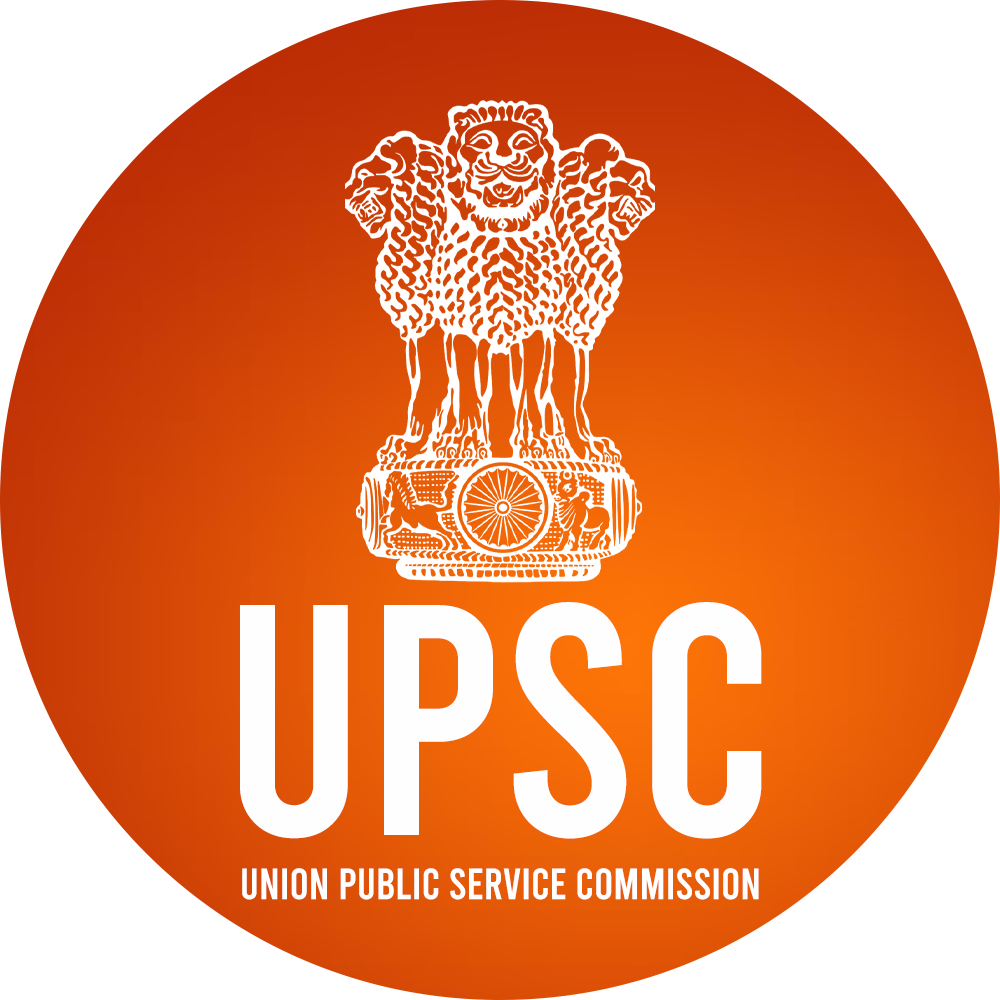As of 2024, around 4.1 lakh farmers have benefited from the scheme. Aimed at enhancing farmers’ energy security and promoting renewable energy in agriculture.
Salient Features
- Launch Year: 2019
- Ministry: Ministry of New and Renewable Energy (MNRE)
- Target: Add 34,800 MW of solar capacity by March 2026
- Scheme Type: Central Sector Scheme
- Eligible Entities:
- Individual farmers
- Farmer groups/FPOs
- Panchayats/Cooperatives/Water User Associations
Objectives
- Reduce dependency on diesel-based irrigation.
- Promote solar and other renewable energy
- Lessen electricity subsidy burden on state governments.
- Enable farmers to earn by selling surplus solar power.
- Utilize barren land for solar power generation.
Three Main Components:
Component A: Decentralized Renewable Energy Plants
- Target: 10,000 MW capacity.
- Solar plants (500 kW–2 MW) can be set up on barren or cultivable land.
- Farmers can grow crops beneath raised solar panels.
- Power purchased by DISCOMs at Feed-in-Tariff (FiT).
- MNRE provides Procurement Based Incentive (PBI):
- ₹0.40/kWh or ₹6.6 lakh/MW/year for 5 years.
- Site must be within 5 km of sub-station.
Component B: Standalone Solar Agriculture Pumps
- Target: Install 14 lakh solar pumps in off-grid areas.
- Up to 15 HP pump capacity supported.
- Subsidy Pattern:
- Centre: 30%, State: 30%, Farmer: 40%
- In NER/hilly/island areas:
- Centre: 50%, State: 30%, Farmer: 20%
- Loan option available for farmer contribution.
Component C: Solarisation of Grid-Connected Pumps
- Target: 35 lakh pumps, including Feeder Level Solarisation.
- Individual Pump Solarisation (IPS):
- Solar PV allowed up to 2× pump capacity.
- Farmers use solar power for irrigation, surplus sold to DISCOMs.
- Feeder Level Solarisation (FLS):
- Solarize entire agricultural feeders instead of individual pumps.
- If feeders aren’t separated, loan can be availed via NABARD, PFC, REC.
- Central Financial Assistance (CFA):
- General states: 30%, up to ₹1.05 Cr/MW
- NER/Hilly/Islands: 50%, up to ₹1.75 Cr/MW
- Assistance available under RDSS for feeder separation.
Key Benefits
Socio-Economic:
- Reliable and affordable energy access for farmers.
- Income from sale of surplus solar power.
- Reduces diesel and grid dependence.
- Promotes rural employment through system installation and maintenance.
- Contributes to doubling farmers’ income.
Environmental:
- Estimated to reduce 32 million tonnes of CO₂ emissions annually.
- Promotes climate-resilient agriculture.
- Supports India’s Panchamrit target of 500 GW non-fossil energy by 2030.
Technological:
- Promotes adoption of low-maintenance solar pumps.
- Boosts innovation in solar technologies and supply chains.
Challenges
- Slow Implementation: Only ~30% of targets met by mid-2024.
- High Upfront Cost: Even with subsidies, unaffordable for small/marginal farmers.
- Subsidized Grid Power: Discourages farmers from switching to solar.
- Technical Issues: Lack of standardized pump capacities, poor after-sales service.
- DISCOM Reluctance: Financially stressed DISCOMs are hesitant to procure surplus power.
- Regional Inequities: Better outcomes in Haryana/Rajasthan vs. slow uptake in Bihar/Odisha.
Success Stories & Potential
- PM-KUSUM has reduced diesel use and introduced solar irrigation culture.
- Aids India’s goal to reach 40% non-fossil power capacity by 2030.
- Examples like ‘Solar Didis’ from Bihar (Devki Devi, Sunita Devi) highlight the scheme’s empowerment potential through NGOs like Aga Khan Rural Support Programme.
PM-KUSUM stands at the intersection of agriculture, energy, and environmental sustainability. With timely implementation, enhanced state participation, and improved financial accessibility, it can transform India’s rural energy landscape and support the country’s clean energy transition.






